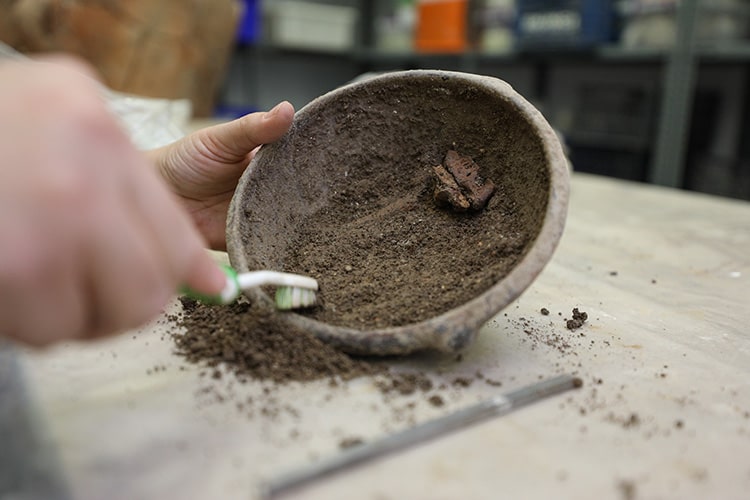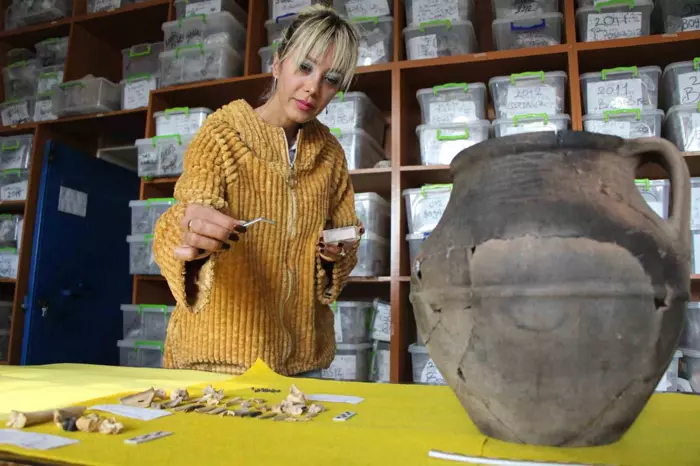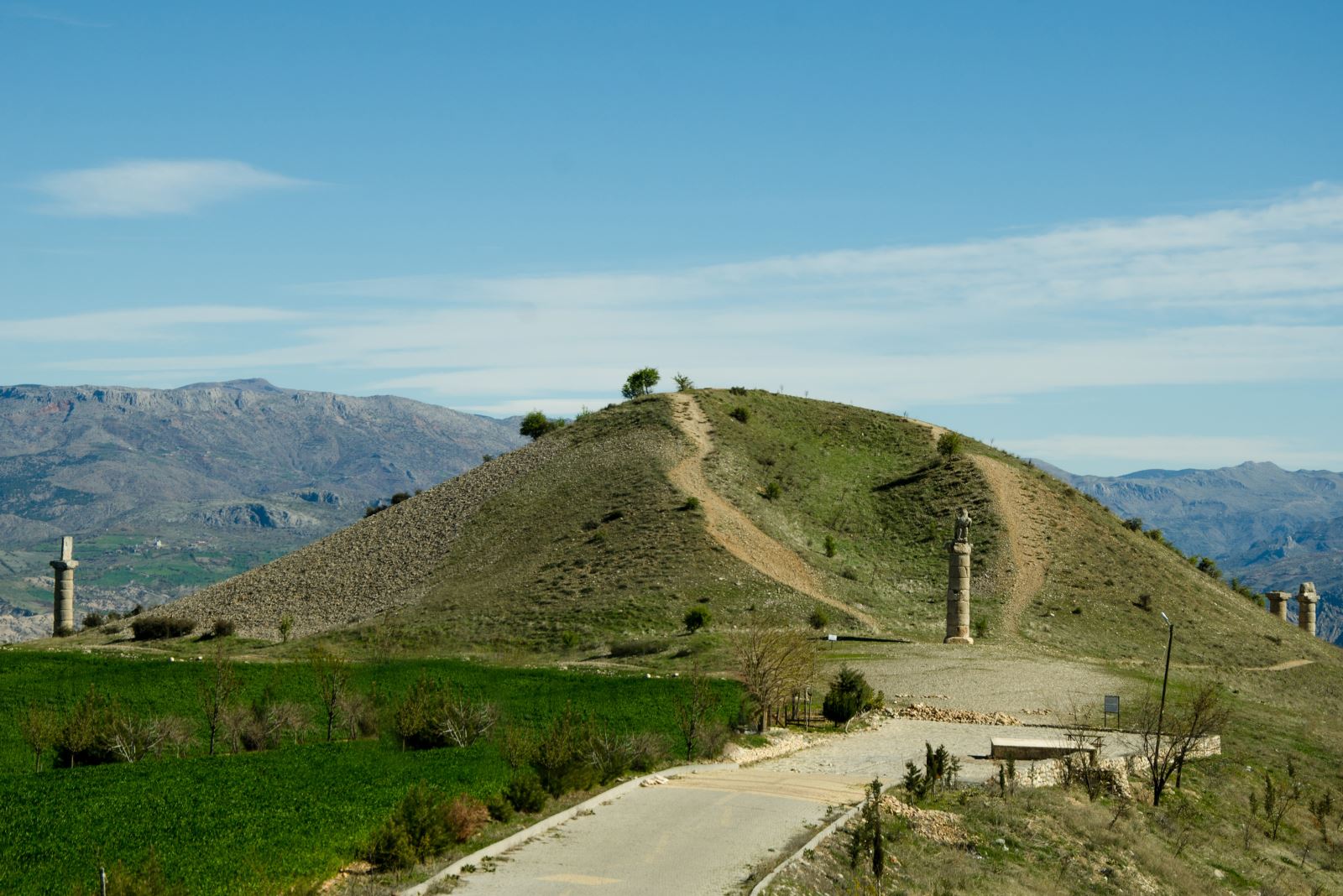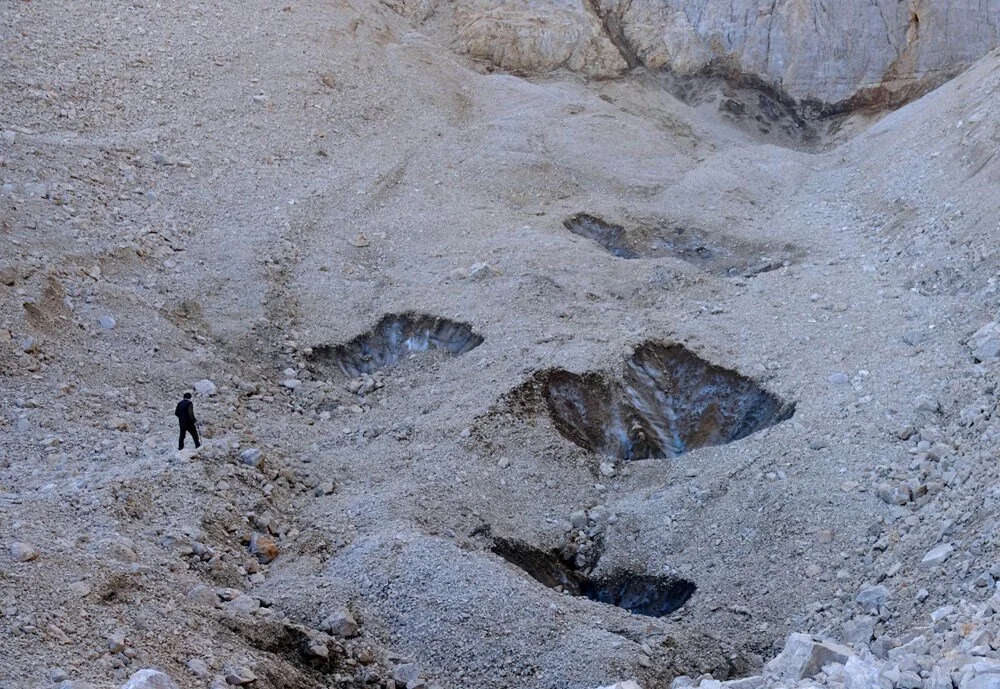
The hazelnuts eaten by the Assyrians 4000 years ago did not come from Europe
The acquaintance of Anatolia with writing occurred through the Assyrians who established the trading colony of Kültepe/Kanish. The Assyrian traders, who set up a karum in Kültepe, located within the boundaries of present-day Kayseri province in Türkiye, not only engaged in trade but also facilitated the interaction of Anatolia with Mesopotamian culture. During the long-term

Tourists visiting Hagia Sophia for non-worship purposes will need to pay an entrance fee
Tourists who visit Hagia Sophia, which was opened for worship under the name of ‘Ayasofya-i Kebir Cami-i Şerifi’ on July 24, 2020, for purposes other than worship, will be charged a re-entry fee. Before being opened for worship at Hagia Sophia, it served as a museum for 86 years. Minister of Culture and Tourism, Mehmet

The ancient city of Derbe, mentioned in the Bible, cannot be excavated due to insufficient funding
The ancient city of Derbe, which was a center of the bishopric in the early years of Christianity and mentioned in the Bible, cannot continue its excavation due to insufficient funding since the commencement of the excavation work in 2013. Surface surveys conducted at Derbe Mound, believed to be the ancient city of Derbe located

A 2800-year-old Urartian temple and two cuneiform inscriptions were found in Van
In the ongoing rescue excavations at Körzüt Castle located in the Muradiye district of Van, a 2800-year-old Urartian temple was discovered. Along with the temple, two inscriptions with cuneiform writing were also found. The rescue excavations at Körzüt Castle are continuing under the scientific supervision of Associate Professor Dr. Sabahattin Erdoğan from the Department of

What was the reason for leaving the food on the plate and running away 5,000 years ago?
There are archaeological findings that, when you hold them, make you feel the fear, panic, and horror that people experienced during natural disasters or enemy attacks. Those moments flash before your eyes like a film reel. Or you may come across an artifact that leaves you wondering why it was left in that way, shrouded

2500-year-old Persian food was found in Oluz Mound excavations
At Oluz Höyük (Oluz Mound), with settlement layers dating back to around 4500 BC, 2,500-year-old food remnants were discovered in the palace kitchen from the Persian period. Bone fragments and cereal grains found inside a clay pot closely resemble a dish known as “keşkek” today. Prof. Dr. Şevket Dönmez, the head of the excavation and

Scientists have the deciphering of the Anatolian hieroglyphs discovered in the Yerkapı Tunnel in Hattusa
The deciphering of the Anatolian hieroglyphs discovered during last year’s Hattusa excavations, led by Prof. Dr. Andreas Schachner, has been completed. The Anatolian hieroglyphs discovered in the Yerkapı Tunnel in Hattusa last year revealed new information about the person responsible for constructing the tunnel. The hieroglyphs contain the name and title of the individual in

The mystery of the Karakuş Tumulus will be revealed with georadar
A georadar study has been initiated to uncover the mystery of the 2,000-year-old Karakuş Tumulus. Prof. Dr. Yusuf Kaan Kadıoğlu from Ankara University stated, “With this study, we will determine what is in the area without excavating.” Karakuş Tumulus is situated in the Kahta district of Adıyaman province in southeastern Türkiye. A study has been
Figures of people wearing costumes from 7,700 years ago were found at Ulucak Mound
In the excavations conducted at Ulucak Mound in the Kemalpaşa district of İzmir, two figures wearing the same costume from 7,700 years ago were found, and it is noteworthy that these figures are wearing hats. In this year’s excavations led by Prof. Dr. Özlem Çevik, a faculty member of the Department of Protohistory and Near

